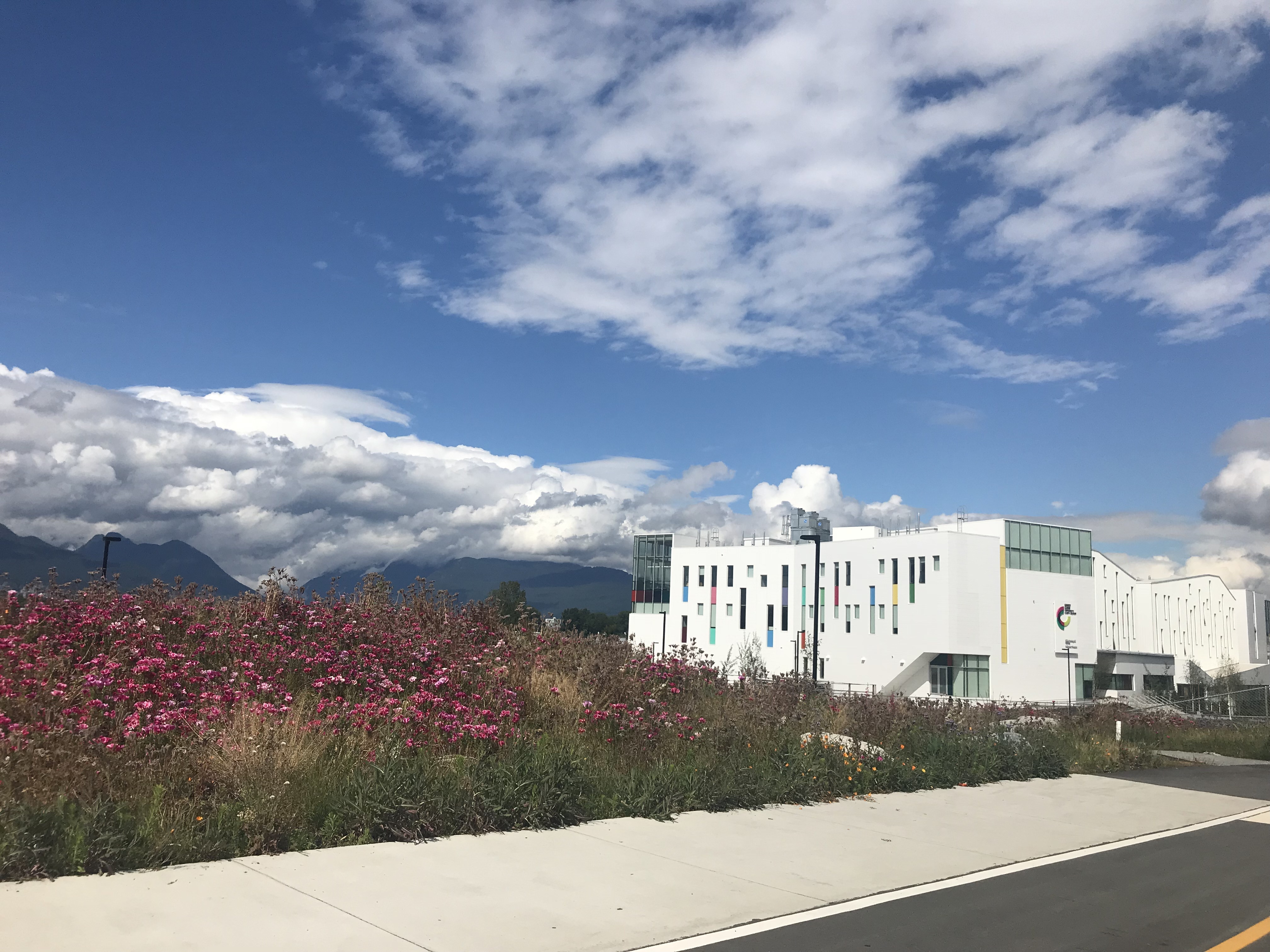MDes Symposium | Angelika Seeschaaf-Veres

The Jake Kerr Faculty of Graduate Studies is pleased to present Angelika Seeschaaf-Veres.
IMS (Integrated Motion Studio, D1400, Level 1)
As part of the MDes Symposium, External Examiner Angelika Seeschaaf-Veres will be presenting her talk Forming Design Futures: ‘Human Factors’ and the Domestication of A.I.
Reception: 1:00pm
Talk: 1:30pm
Angelika Seeschaaf-Veres is an Industrial Designer, researcher and educator and Associate Professor & Chair of Industrial Design at OCAD University. She is in charge of curriculum development, critical and inclusive approaches in design pedagogy and facilitates cross disciplinary teaching and learning within the university and outside industry partners, non-for-profit organizations and research institution.
In her over 15-year professional career experience, she uses speculative design as a driver for creating products that explore the intersections of daily routines in relation to the human body and space. She explores how these intersections can manifest in the future by challenging their present notions. Her focus in both her education and research practices involves engaging with underserved communities through using a human centered design process. The products she creates help to unveil personal stories, histories, and traditions, that challenge power structures by giving them shape.
Angelika’s extensive knowledge in mass production processes and materials allow for her ideas to be scaled within larger contexts and engage with a greater number of people. By positioning herself at the junction of human factors and the new emerging technologies influencing both human behaviour and production, she can challenge aesthetics, destigmatize assistive objects and create visions of the future of how we will work and live?
Since 2017 she is co-director of Radical Norms a speculative design research studio in Toronto. The studio explores alternate possibilities for the context in which products, ideas, systems, technology and social behaviours are being formed. Rendering these possibilities tangible through the use of prototyping and visualization methods in order to help organizations gain deeper insights, develop corresponding strategies and investigate avenues that otherwise would go unnoticed.